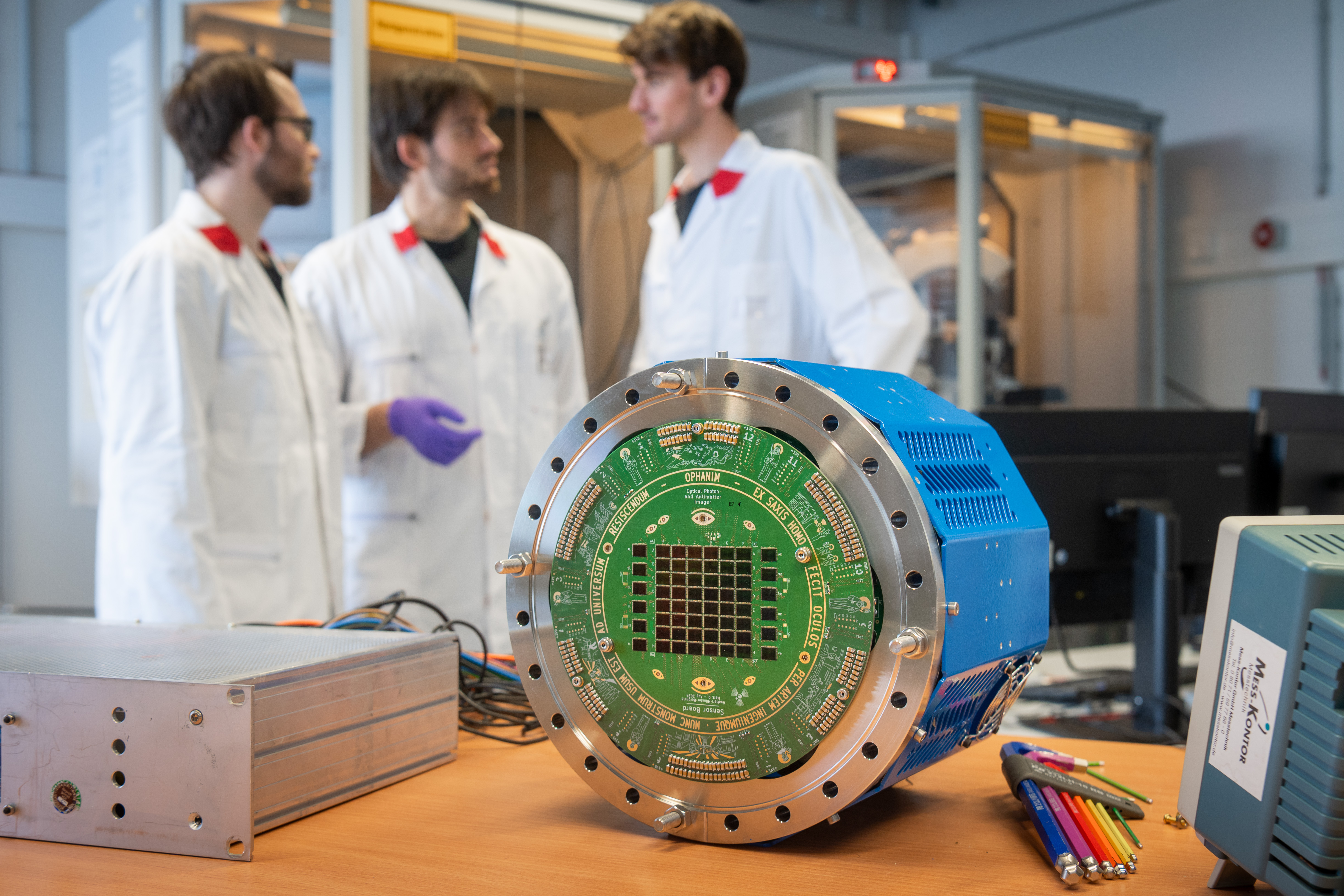The University of Brescia has contributed to an important international scientific result achieved as part of the AEGIS (Antimatter Experiment: Gravity Interferometry and Spectroscopy) collaboration, active at CERN. The result, published in the journal Science Advances, made it possible to “photograph” antimatter with unprecedented resolution through the innovative use of image sensors derived from smartphone technology.
Prof. Nicola Zurlo, professor of Experimental Physics at the University of Brescia, has a key role in the experiment as the person responsible for calibrating the scintillation detectors of the main apparatus. “The realized detector is the electronic equivalent of a photographic plate,” Prof. Zurlo explains. “It achieves a resolution practically equivalent to emulsion detectors but with immediately readable data: hours or days will no longer be needed to proceed with plate development.”
AEGIS has developed a revolutionary idea for the study of antimatter: the use of the Sony IMX686 sensor, commonly used in cell phones, adapted to detect antiparticles. The result is a new world record: determining the location of the impact of antiprotons with an accuracy of 600 nanometers. The sensor is also capable of detecting the trajectory of fragments produced by annihilation. The goal of AEGIS is ambitious: to measure the gravitational acceleration of antidrogen to verify Einstein's weak equivalence principle for antimatter as well. The implications, however, extend beyond fundamental physics, touching on possible applications in technology and biomedicine.
The University of Brescia was among the academic institutions that had proposed the AEGIS experiment since 2007, confirming today its commitment to frontier scientific research. The developed device - named Optical Photon and Antimatter Imager (OPHANIM) - integrates 60 sensors, reaching about 3.84 billion pixels, the largest ever of its kind.
Photo credits: Andreas Heddergott / TUM


